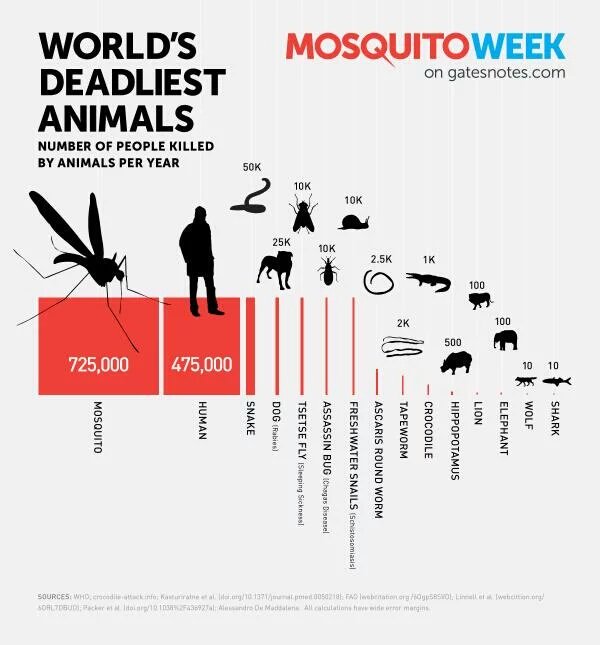As Uganda joins the rest of the world in celebrating World Malaria Day, the Ministry of Health officials have revealed that malaria rates, especially in Northern parts of the country, have dropped. The #WorldMalariaDay celebrations are ongoing in Lira.
Tororo in Eastern Uganda, with a prevalence rate of 8%, got the Ministry of Health communication award for their remarkable contribution in malaria control.
In a pilot study, the Ministry’s behavior change communication campaign targeted several districts. Tororo district, like many areas in Africa, had a history of suffering a high malaria burden with up top 500 bites per person annually and registering 50% high rate of malaria prevalence.
Through mass interventions that included distribution of insecticide treated nets in primary schools and antenatal clinics, improved case management has gradually reduced malaria prevalence from 53% in 2009, to 33% in 2014, 18% in 2015 and 8% in early 2016.
The behaviour change communication campaign aimed at creating a culture of sleeping under an insecticide treated net every night and seeking treatment immediately with onset fever and testing for malaria.
The remarkable result yielded into a ‘Change Communication award’ for the malaria control culture, given to Daudi Ochieng, Malaria Consortium Communications Manager at the African Excellence Awards’ Winners Day in Cape Town on April 21, 2015.
The winning project funded by Comic Relief with over 1.5million pounds (approximately 7Billion) for three years has registered 91% net coverage in Tororo as compared to national figure of 70%.
A functional net lasts between 3 to 5 years depending on how it is managed regarding how to wash it and where to dry it. As part of the National Malaria Reduction Strategy, school distribution is a new service outlet that the government should take on as a future investment.
“Once the young children know how to control malaria; they carry on to the next generation. During the study, only primary one and four members were given nets so that they could easily evaluate results during and after three years,” said Julian Atim, Project Manager at Malaria Control Culture Project Tororo.
In the past two years, 86,000 nets were given to schools and 20,000 to antenatal clinics. Currently 40,000 nets have been given away hence recording a 95% in net usage.
“We must subsequently communicate to the public about malaria preventive measures especially through massive campaigns. Together with government adoption of communication programs, they will help to build a malaria control culture among the public,” said Anthony Nuwa, Uganda Country Technical Coordinator.
Interventions involved during massive campaigns included routine distributions targeting pregnant women, training health workers and capacity strengthening especially involving district leaders.
RELATED STORY: Health statistics to explain Uganda’s status (CLICK HERE) A frank memo to our elite

 The Independent Uganda: You get the Truth we Pay the Price
The Independent Uganda: You get the Truth we Pay the Price



